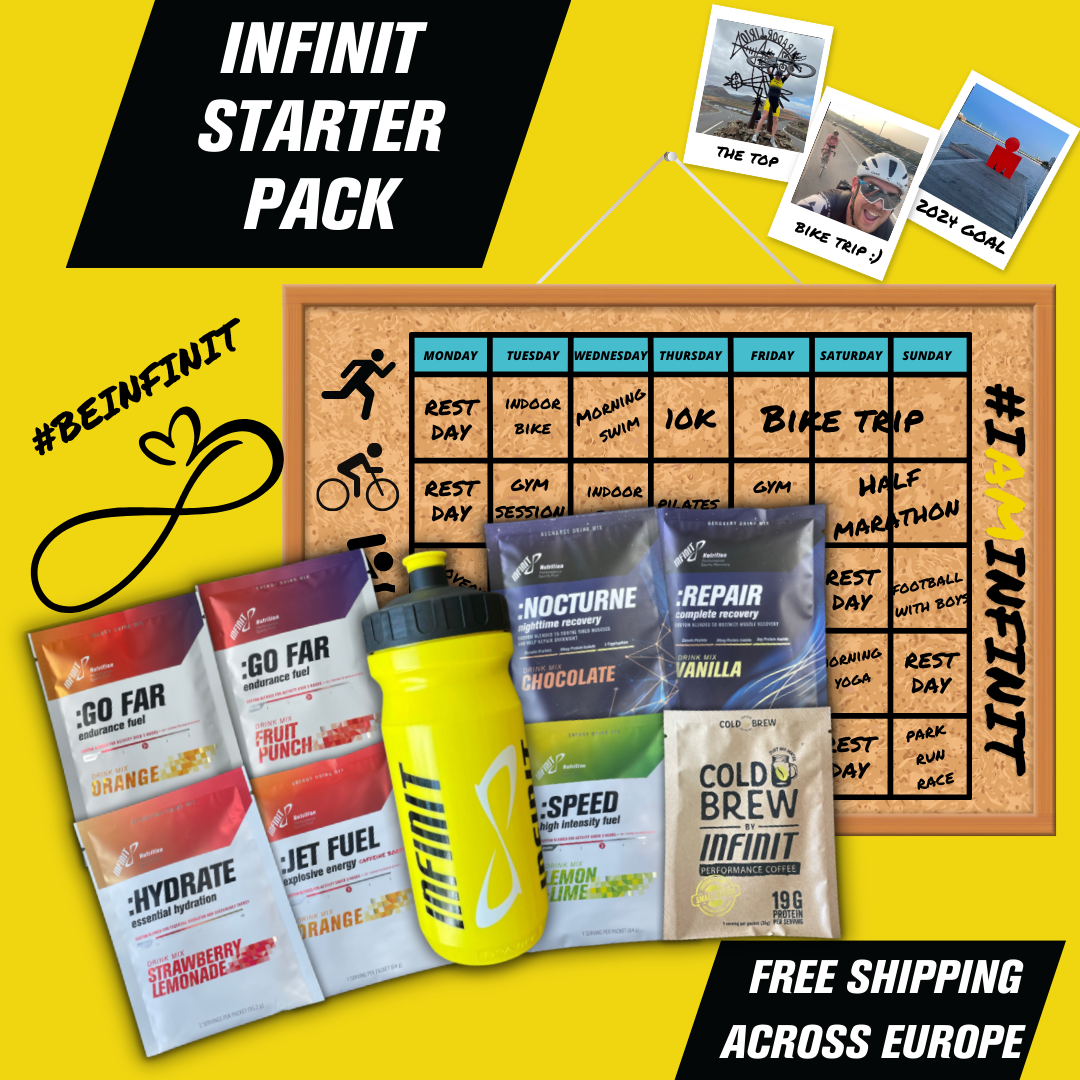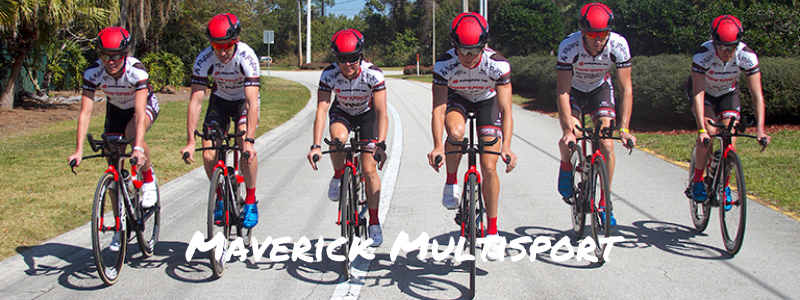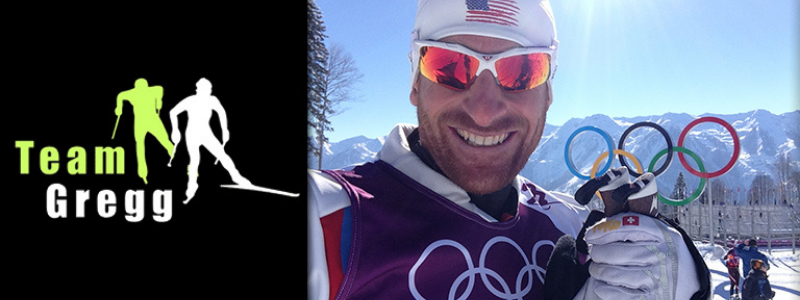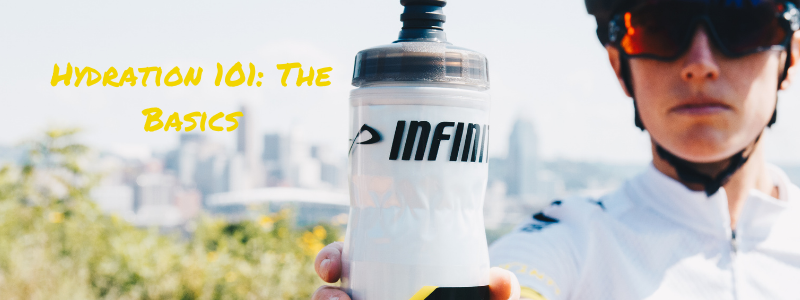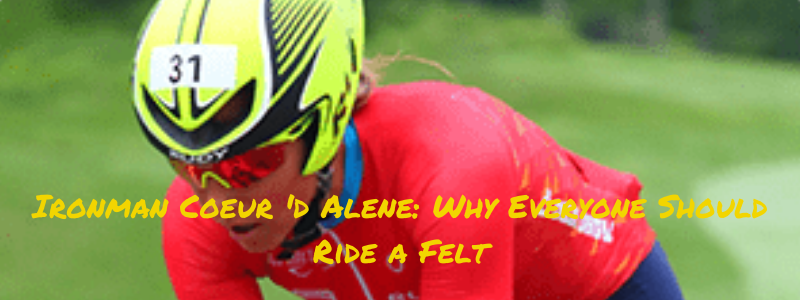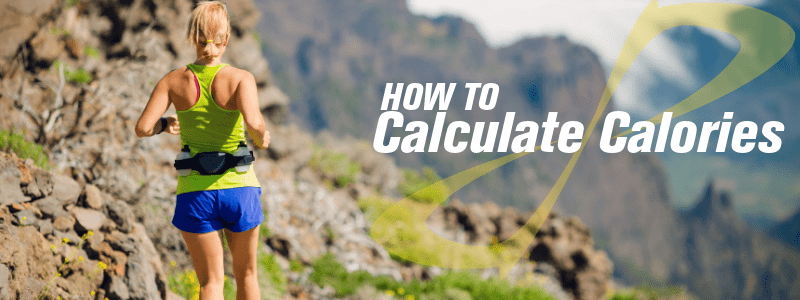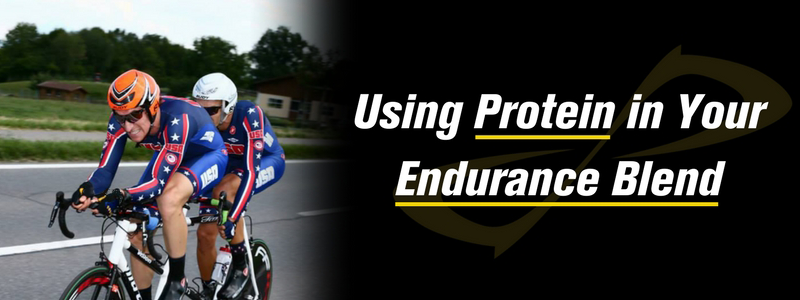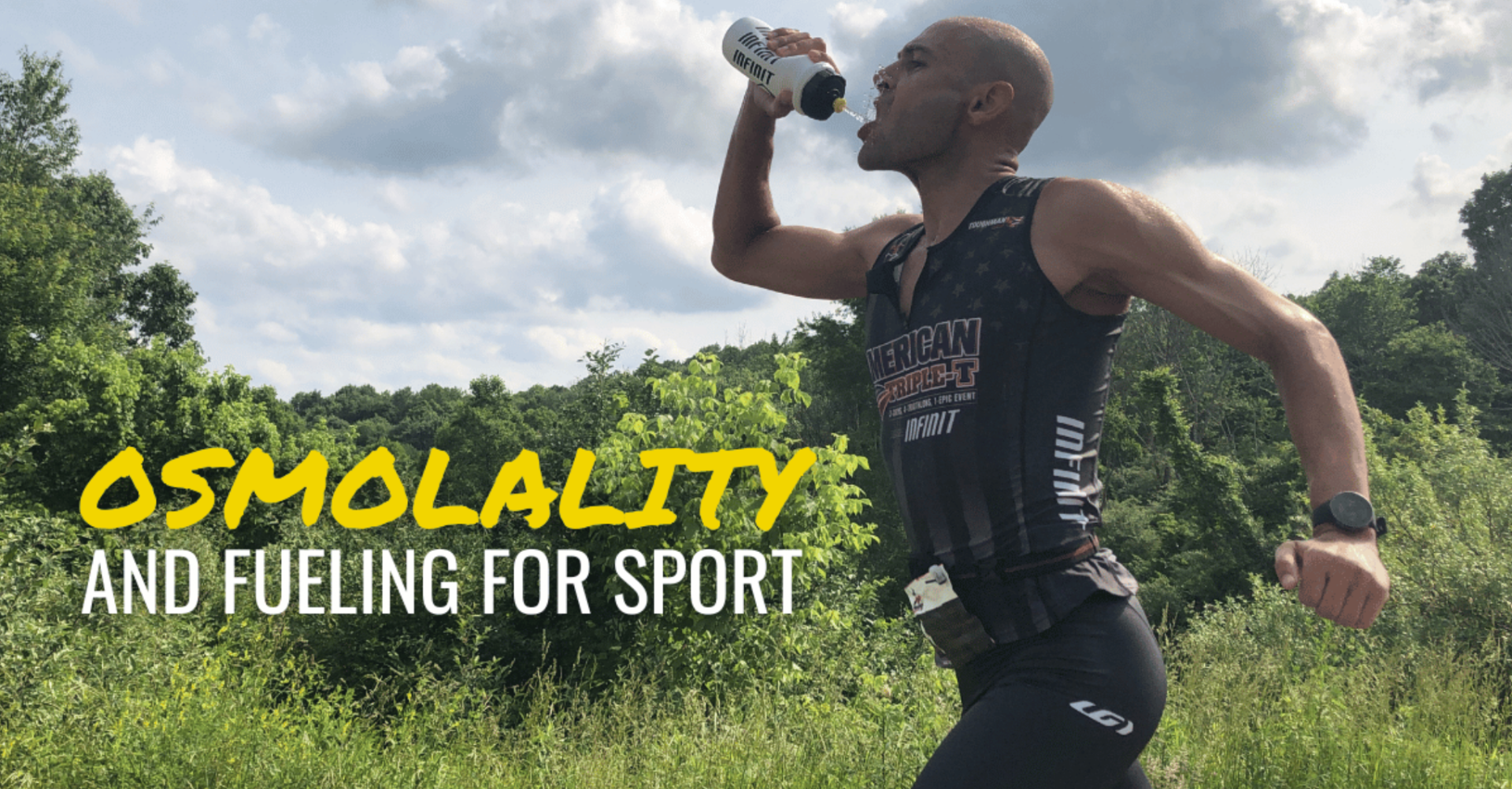Hydration in the Dairyland
- 26 Jul 2016
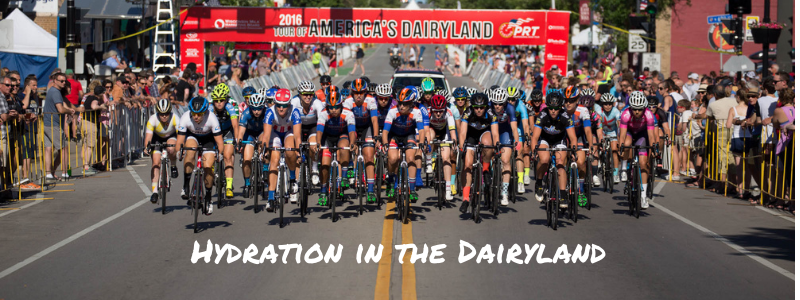
Kristen Arnold, RDN, LD, MS domestic-elite racer for Velo Classic p/b Stan’s NoTubes, and registered dietitian, gave us the inside scoop on the hydration strategies of some of the best crit racers in the world at the Tour of America’s Dairyland, one of the midwest’s premiere road racing events.
Tour of America’s Dairyland (TOAD) is a legendary 10 day criterium race series surrounding Milwaukee, Wisconsin. Racers travel from all over the world to compete against the best criterium racers in an effort to take home the pink cow-print leader’s jersey. Criterium races, or crits for short, challenge racers to a timed race on a short course. Racers perform dozens of laps at blistering pace on the frequently technical and tight courses. While crits vary slightly in length, all TOAD races were 60 minutes of racing on a range of courses. Each day the event travels to a different city or town, implementing a different set of city streets, including four to eight corners per lap. Courses ranged in difficulty level and could be flat or hilly, roads could be narrow or wide, bumpy or wet, and turns ranged from hair raising, tight u-turns to wide-open and sweeping.
A typical Daily Schedule for most racers at TOAD:

-Wake up
-ride with teammates for 45 minutes at an easy pace
-relax with legs up
-travel to race
-warmup
-race (around 5pm start time)
-cooldown
-Bedtime
Performing optimally takes discipline. In order to remain sharp and powerful each day, every racer is required to attend to their body’s needs.
I spoke with racers about their hydration strategies during the event; they explained not only what they drank, but also how they kept their bodies cool. Most days at TOAD ranged from 90-95˚F with hot pavement and humidity adding to the heat. Many racers put ice cubes in panty-hose or a sock, placing the make-shift ice pack between their jersey and back to keep them cool before and during the race.
PRO TIP: on a hot day put ice cubes inside of a panty-hose or sock and stuff it down your jersey or skinsuit before the race. If it slides too far down, use an extra safety pin to attach the sock where you want it.
During the morning and afternoon before the evening race, racers sip on all kinds of beverages; water, non-calorie or low-calorie drink mix, lemonade, coffee, and tea. My favorite was lemonade with a teaspoon of salt. This drink tastes like a margharita and encourages me to drink liquids throughout the day. It also helps my body retain water in preparation for losing it during the race from sweat. This became a staple in my daily hydration plan leading up to the evening race. Drink mix blends with high quality electrolyte ingredients, such as sodium citrate, are also a great way to prepare your body for an evening event or training session. Going into an event hydrated is as important as staying hydrated during the event.

Photo Credits: Daniel Steinle www.yungpinephotography.com @yung_pine
Some racers use pre-load mixes; powders which have a high concentration of salt and other electrolytes. Laura Van Gilder, the winningest woman in the world with over 300 career wins, drank 24oz of water mixed with drink mix containing electrolytes and 87g of carbohydrates in the car on the way to the race and another bottle of the same formula during her warmup. Jennifer Sharp from Stages Cycling and ALP Cycles Coaching reported drinking 24oz of water containing a pre-load drink mix high in sodium and other electrolytes 30 minutes before the race.
Many racers will start the race with two bottles; one bottle to squirt through the holes of their helmets and down their fronts and backs, and one bottle to drink during the race. The national anthem felt like an eternity while our bodies baked on the pavement waiting for the start of the race. I observed that most racers drank 50% or less of the fluid in their bottle during the race. The speed and technicality of crits make it particularly difficult to drink and eat during the race. Two hands are needed on the handlebars 95% of the time. Harriet Owen, UK crit specialist, and guest rider for Velo Classic p/b Stan’s NoTubes, who finished top five at four of the ten days at TOAD, was able to drink an entire bottle during most races. Owen’s bottle was filled with a 2:1 maltodextrin to fructose ratio and electrolytes formula. Consuming fluids and carbohydrates throughout the race allowed her to retain a powerful sprint at the end of each day. Hypohydration (when the body is not adequately hydrated) detrimentally effects high-intensity muscular endurance1 (sprinting at the end of a crit) by up to 10%2. 5 out of the 10 days at TOAD resulted in a field sprint in which the entire pack of racers are all together during the final lap and everyone sprints for the finish line at the same time. At this point the odds are lower for winning than if a racer is in a breakaway of just a few riders, and every racer must be at the top of her cognitive and physical ability to place in the top 5. Remaining properly hydrated before and during the event aided Harriet in her powerful sprints.

Photo Credits: Matt Ankeny
As is customary in the land of dairy, chocolate milk was served by event sponsor, the Wisconsin Dairy Council, at the end of every race to the racers. All the racers I interviewed said they took advantage of the free chocolate milk. My teammate, Cynthia Frazier, of Lexington, Virginia, filled a bottle with 2 cartons of chocolate milk and added a scoop of recovery drink mix to it after every race.
PRO TIP: Drink chocolate milk (provided for free) mixed with recovery drink powder while sitting in front of a fan and stuffing more ice down your jersey or skinsuit after the race. You will feel $1,000,000 better.

Photo Credits: Matt Ankeny
- Torranin C, Smith DP, Byrd RJ. The effect of acute thermal dehydration and rapid rehydration on isometric and isotonic endurance. J Sports Med Phys Fitness 1979; 19: 1-9.
- Judelson, DA, Maresh, CM, Anderson, JM, Armstrong, LE, Casa, DJ, Kraemer, WJ, Volek, JS. (2007) Hydration and Muscular Performance. Sports Medicine, 37(10), 907-921.

